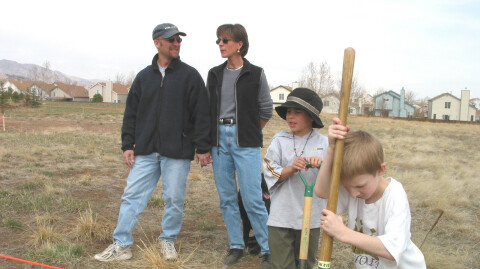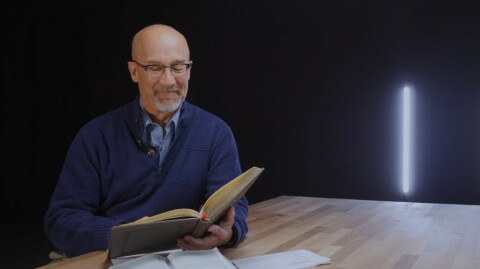
Preaching Posture of Waterstone – Part Four: Craft
In this five-part series on the preaching posture of Waterstone, we are discussing the core values of our preaching team; that is, the kind of preaching and preacher to which we aspire. In the previous blogs, we talked about our first three values: humility, love and grace. The fourth value of Waterstone preaching is craft.
This value calls the preacher to do the hard work of crafting the sermon content in such a way that obstacles to listening are removed. We are not talking here about making the challenge of the gospel easier to receive, rather we mean the challenge of tracking with a preacher’s thought process. Structure, transitions, repetition, pacing, pitch, phrasing, poetry, pause, humor, gesture, visual image and story are tools to creatively shape the sermon in such a way that people can experience truth. People listen to a sermon with much already happening in their lives. We will not expect them to put their mental process on pause to comprehend something the preacher has been sitting with for 20 hours that week. Rather, we will work to woo and welcome and compel the listener into the imagined homiletical world generated by the text and bridged to our times.
Here we are mindful that the purpose of preaching is more than information. The Bible is not merely an instruction manual designed to inform our heads; it is also a work of story, song, poetry and imagination to engage our hearts. The Scriptures are given to form us as God’s people – intellectually, emotionally, physically and spiritually (2 Timothy 3:16-17). This means that, depending on text and genre, sometimes our work on Sunday is to feed people, but other times it is to worsen hunger pains or remind them that they have an appetite. Sometimes our job isn’t to offer resolution, but to cause wrestling. The purpose of preaching is not merely to make the text relevant to the congregation; even more, we toil to help the congregation envision how relevant they are to the high drama of God’s unfolding story in the world. The homiletical challenge is not to spend 20 hours preparing a message, digging deeply into what the text means, only to resolve all the questions in 35 minutes. Rather (and this is the more difficult task for the preacher), we fill the 35 minutes setting up people to wrestle with the text on their own for several minutes during the week.
This sermon-as-science-and-art approach is especially engaging in our secular age. Charles Taylor describes our culture as being covered by a formidable secular canopy that he calls the “immanent frame.”[i] This immanent frame reinforces daily life with the belief that the material world and our temporal lives are all that is really real, all that is wholly vital. Chris Armstrong observes, “Our modern room is well lit by the bare-bulb of science. But of what lies beyond we see nothing.”[ii] Into this world, into our culture, comes God’s Voice through Scripture proclaiming a heavenly kingdom of beauty and goodness that has, in the Person and work of Jesus Christ, invaded earth to define reality. Our sermons must carry and convey this kingdom enchantment, this resurrection energy that has powered the Church through the age.
Finally, this value of craft is carried by more than the preacher. As Bruce Swanson, one of our Waterstone elders, puts it:
Let’s remind the preacher that the sermon is only part of a larger worship experience and that the communication of truth can be made all the more powerful by aligning and integrating the preached message with the message of other worship elements… [The preacher must] work with others about choice of songs, stand-alone biblical and other readings, interviews, testimonials, call and response, cherry-picked liturgical elements, and so on. Not that the preacher is responsible to come up with all of that! I suggest that there always be dialogue and mutual creative experience-building between the preacher and other worship creators.[iii]
[i] Charles Taylor, A Secular Age, 2007. James K.A. Smith’s, How (Not) To Be Secular is a helpful distillation of Taylor’s work.
[ii] Chris R. Armstrong, Medieval Wisdom for Modern Christians, 65.
[iii] Bruce Swanson, personal email correspondence, March 31, 2022.



